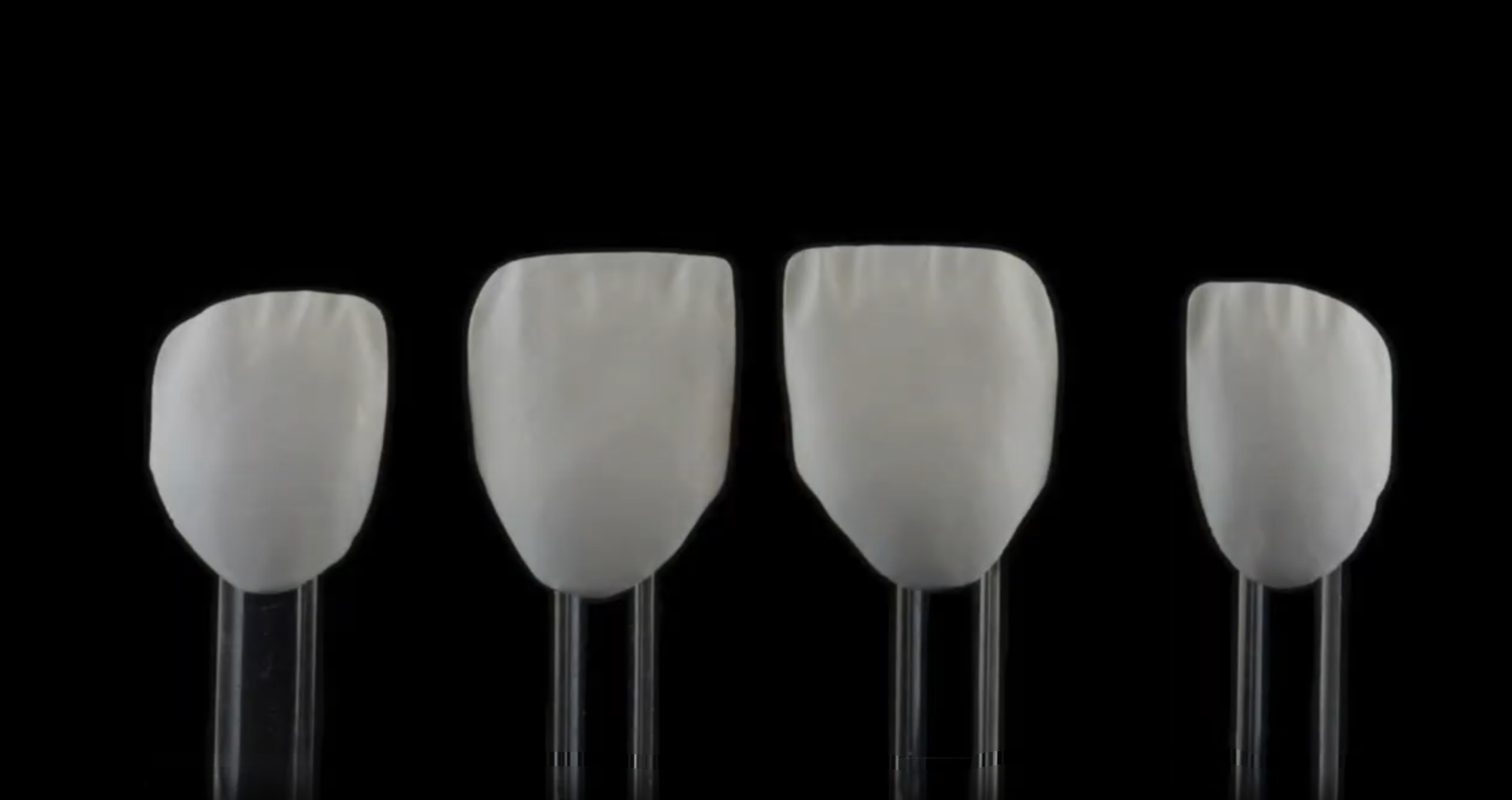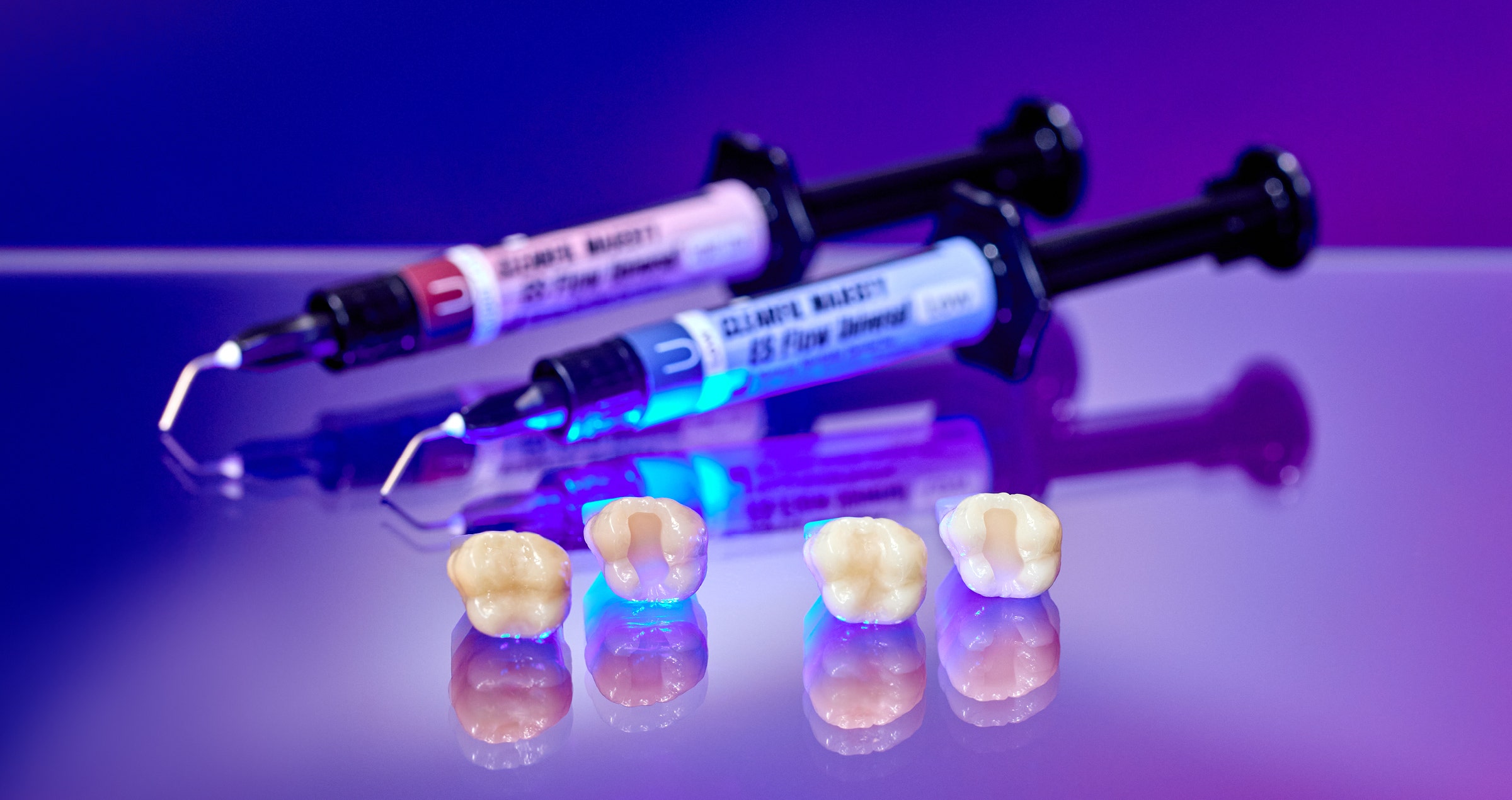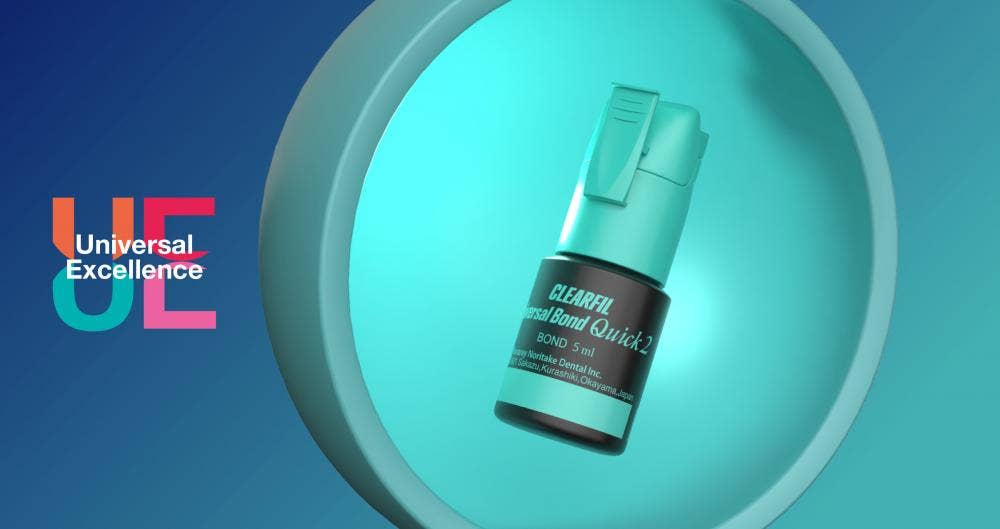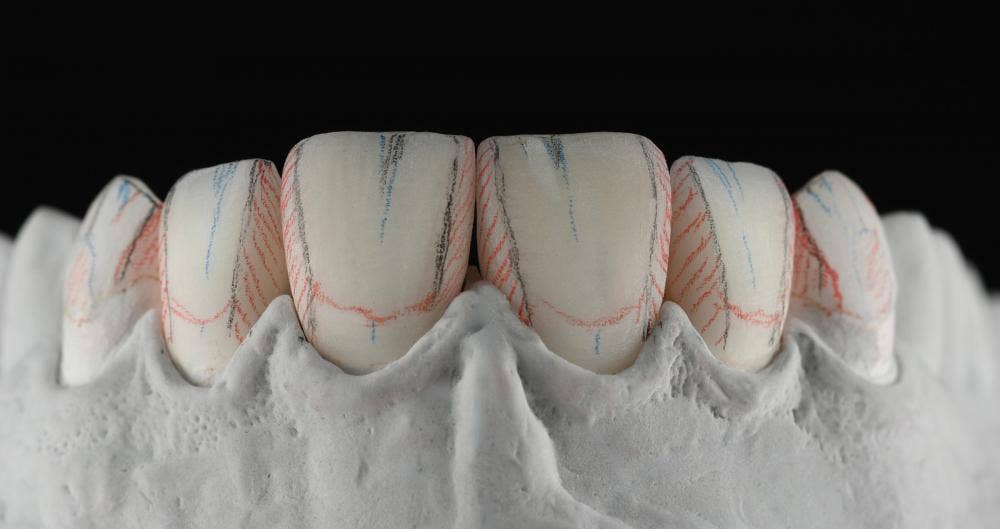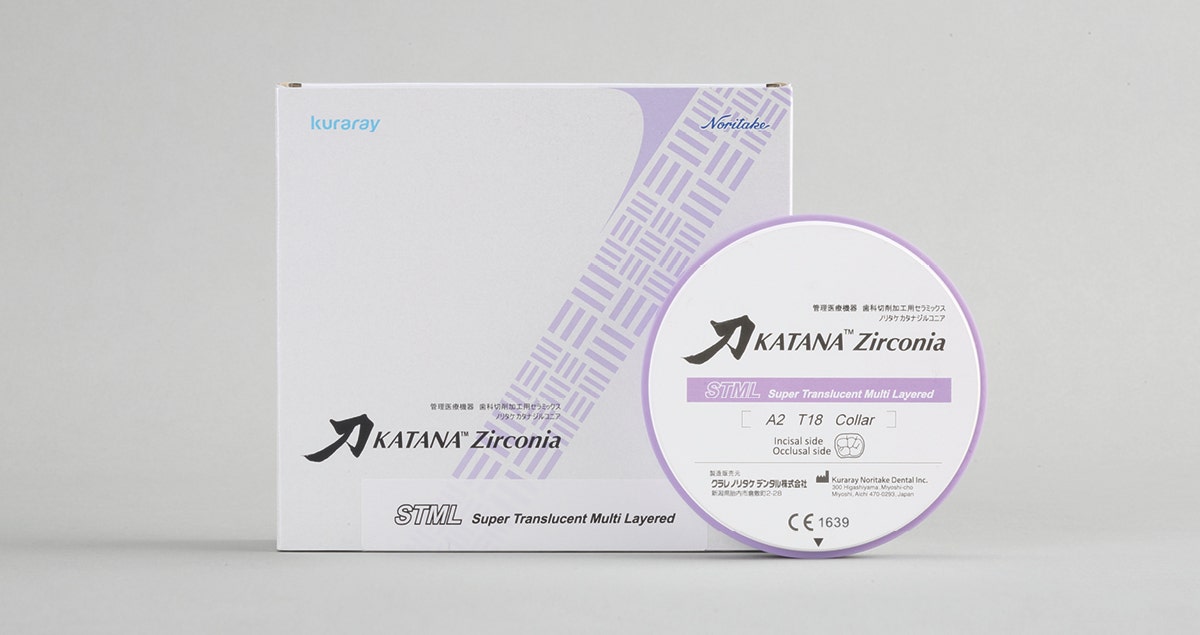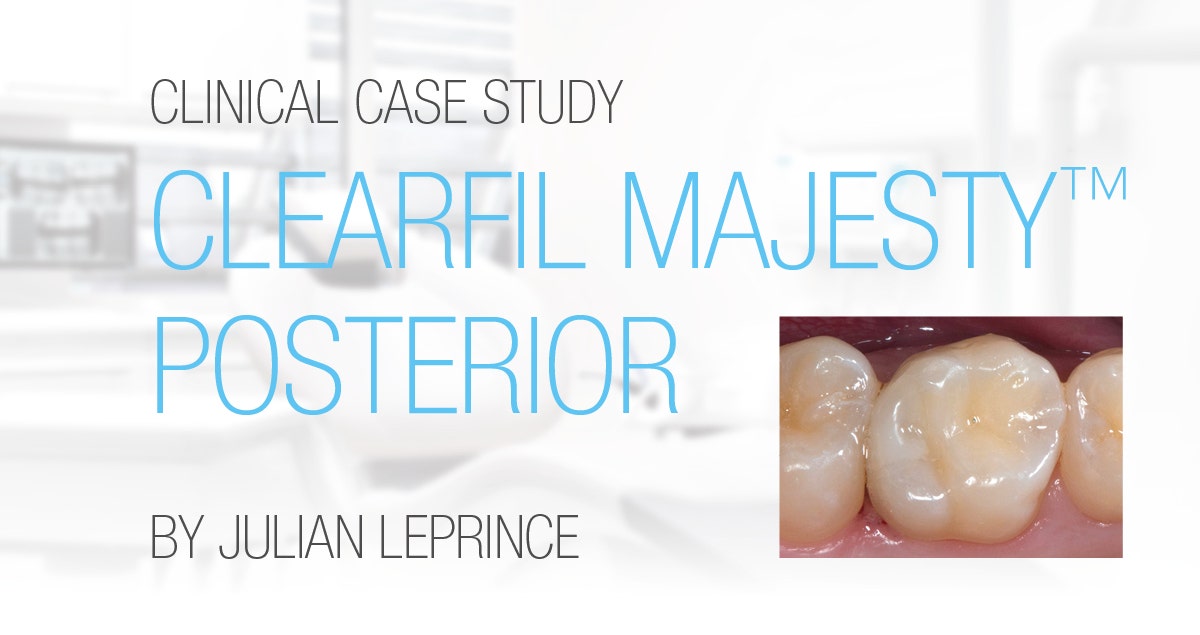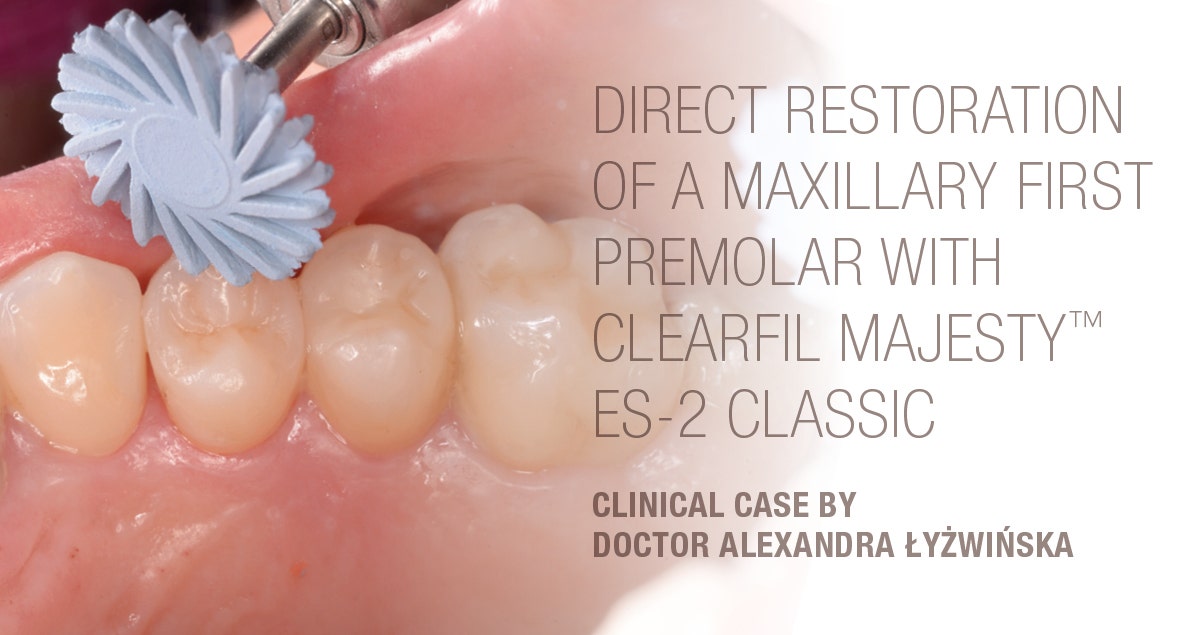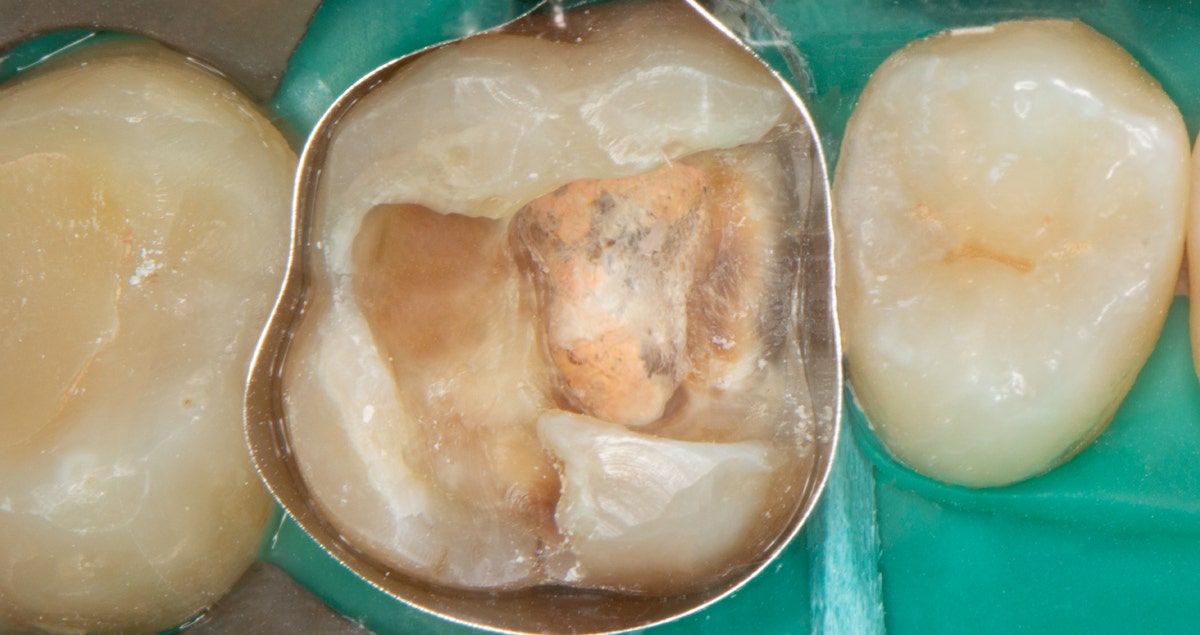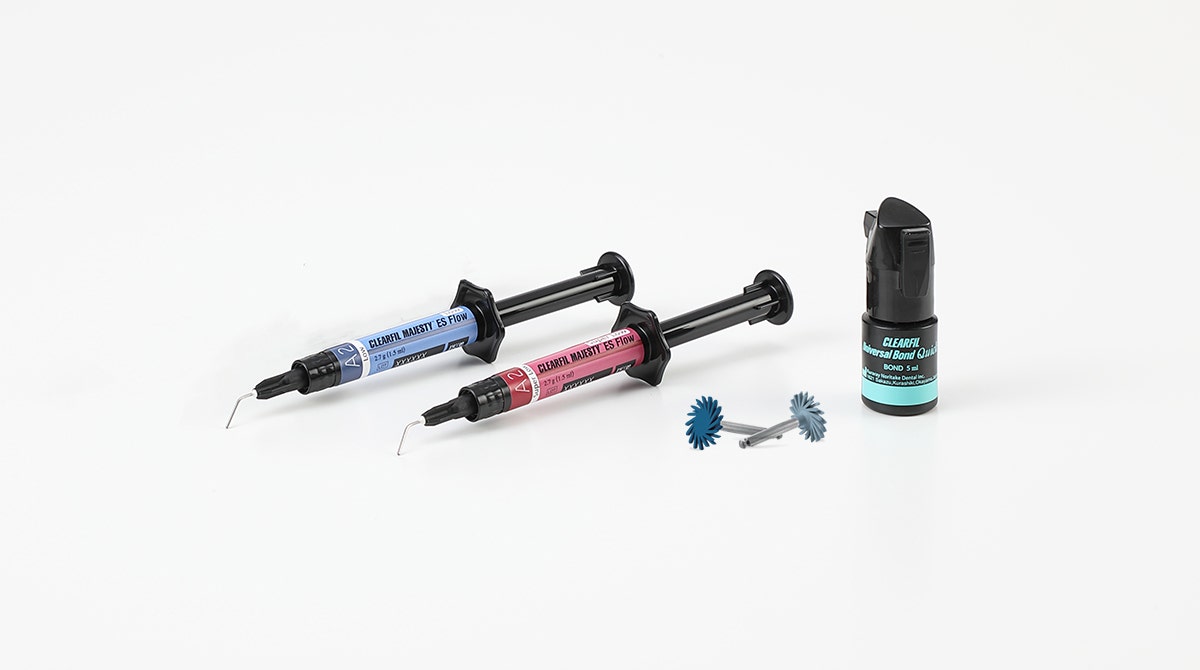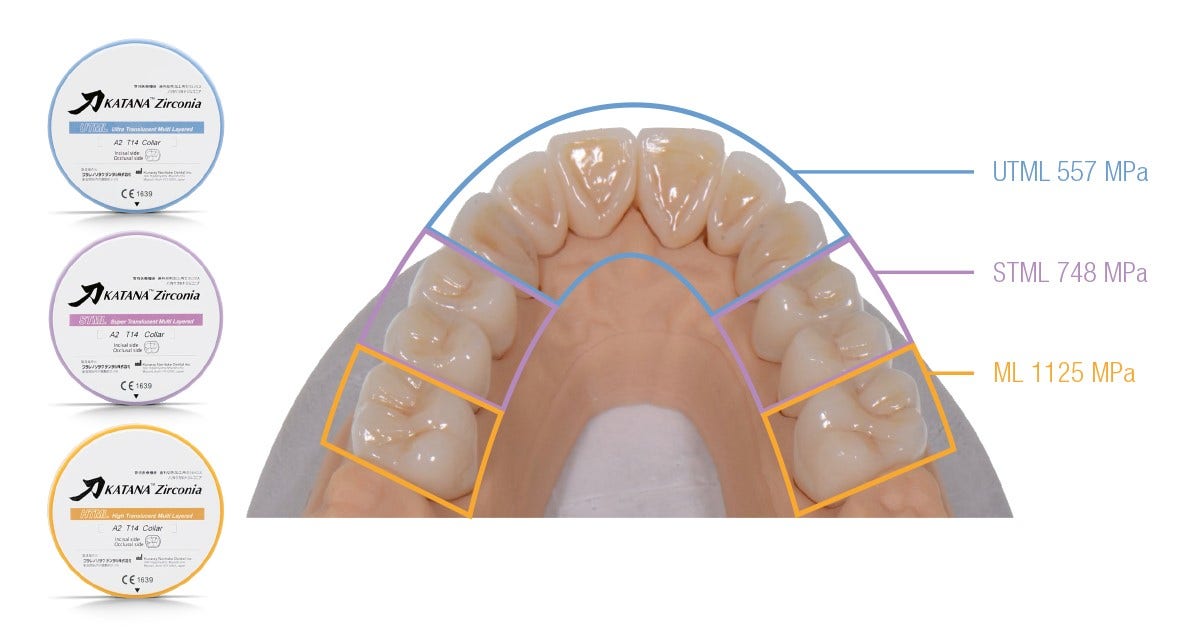By Magdalena Osiewicz, DDS, MSc, PhD
Fig. 1 Defective composite resin restoration in molars.
Fig. 2 Application of CLEARFIL™ SE BOND 2 to cavities.
Fig. 3 Restoration of the cavities with CLEARFIL MAJESTY™ Posterior in the A2 Classic shade.
Fig. 4 Final restorations of Class I and II with CLEARFIL MAJESTY™ Posterior and polish with CLEARFIL™ Twist DIA.
CLEARFIL MAJESTY™ Posterior is a resin composite with high strength and great optical properties developed for posterior restorations and suitable even for the most demanding patients. Figure 1 shows the initial clinical situation with insufficient resin composite restorations in the lower molars. After removal of the old fillings, the cavities were treated with CLEARFIL™ SE BOND 2 (Figure 2).
Then, I restored them with CLEARFIL MAJESTY™ Posterior in the A2 Classic shade (Figure 3). The fissures were highlighted with brown color modifier. Finally, finishing was performed in three steps: The excess of composite resin was removed with a fine-grained diamond bur. Final contouring was accomplished with a carbide bur, before CLEARFIL™ Twist DIA was used to obtain a natural gloss (Figure 4).
CLEARFIL MAJESTY™ Posterior is characterized by high mechanical strength, hardness and bending strength, a low coefficient of thermal expansion, low polymerization shrinkage and good aesthetics. Due to these features and a reliable long-term behavior, CLEARFIL MAJESTY™ Posterior should have a place in every dental office for direct posterior restorations. Excellent outcomes are achievable and therefore I recommend its use.
Dentist:
Magdalena Osiewicz, DDS, MSc, PhD
Department of Integrated Dentistry, Jagiellonian University, Krakow, Poland.
Department of Dental Materials Science, Academic Centre for Dentistry Amsterdam (ACTA), University of Amsterdam and Vrije Universiteit Amsterdam, Amsterdam, the Netherlands.
Department of Integrated Dentistry, Jagiellonian University, Krakow, Poland.
Department of Dental Materials Science, Academic Centre for Dentistry Amsterdam (ACTA), University of Amsterdam and Vrije Universiteit Amsterdam, Amsterdam, the Netherlands.


